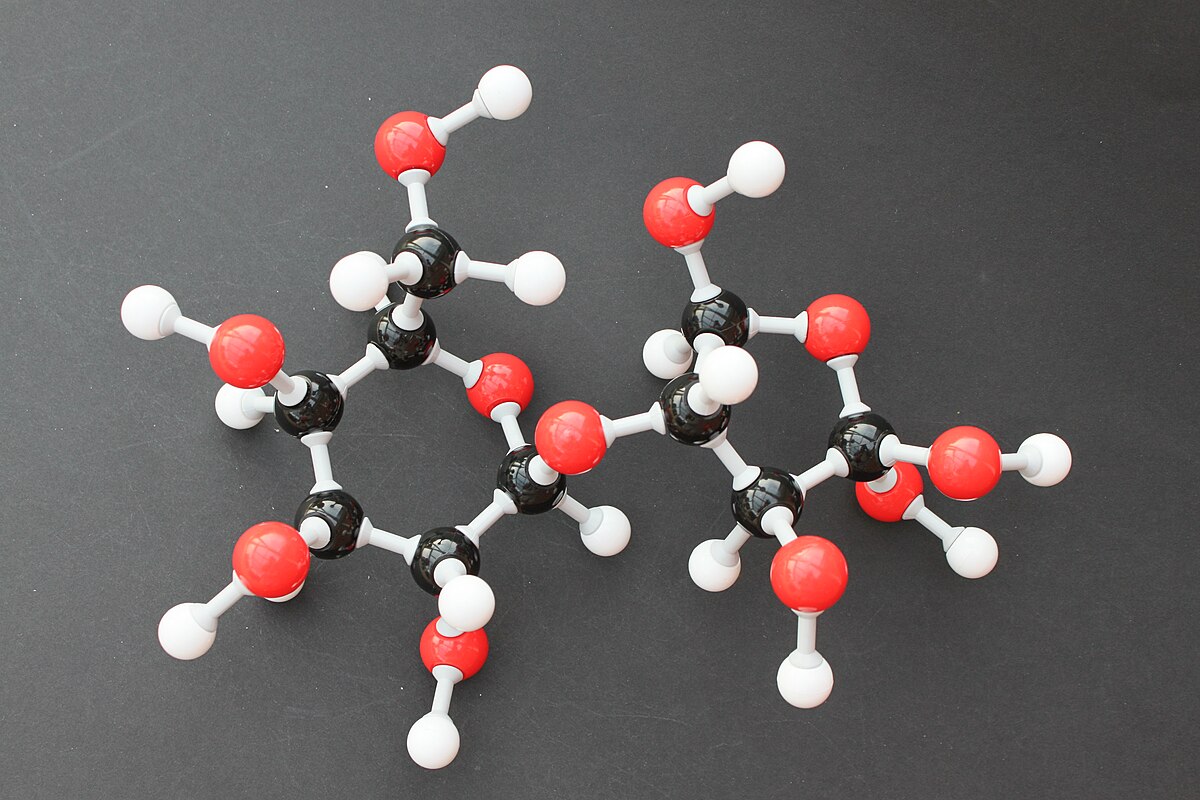Lactulose is a synthetic disaccharide developed in the 1930s and commonly used as a treatment for constipation and hepatic encephalopathy. The name “lactulose” combines “lact-” from lactose and “-ulose” meaning a disaccharide sugar.
Chemical Structure and Properties
Lactulose is a synthetic disaccharide composed of galactose and fructose molecules bound together. Unlike naturally occurring disaccharides like sucrose, lactulose is not broken down by digestive enzymes in the small intestine. Instead, it passes unchanged into the colon where it is metabolized by the gut microbiome. The unique properties of lactulose come from its resistance to acid hydrolysis in the stomach and enzymes in the small intestine. It arrives intact in the colon where it can exert prebiotic effects.
Mechanism of Action
Once in the colon, lactulose is metabolized by bacteria into organic acids like acetic, propionic, and butyric acids. This lowers the colonic pH and draws fluid into the intestinal lumen by osmosis. The increased moisture content softens stool and promotes bowel movements, relieving constipation. Additionally, the organic acids produced serve as fuel for “good” bacteria to thrive and crowd out potentially pathogenic bacteria. This alters the gut microbiome composition for health benefits.
Uses of Lactulose
Constipation Relief
– As a non-absorbable disaccharide, lactulose draws fluid into the colon and softens stool. This provides relief from constipation through regular, soft bowel movements.
Hepatic Encephalopathy Treatment
– In conditions like liver disease and portal hypertension, toxins normally removed by the liver can accumulate in blood and cross into the brain. Lactulose alters gut bacteria composition and acidifies colon content. This decreases toxin absorption and production, preventing worsening of neurological symptoms.
Dosage and Administration
Oral Liquid Formulation
– Lactulose is commonly available as a solution or syrup for oral administration. The typical starting dosage is 15-30mL taken once or twice daily depending on the condition being treated.
Dosage Titration
– The lactulose dosage is gradually increased over time based on patient response and stool consistency achieved. Most patients require 30-60mL taken in divided doses daily for optimal relief of constipation or hepatic encephalopathy symptoms.
Duration of Therapy
– For constipation relief, lactulose is taken on an as-needed basis for episodic constipation. For hepatic encephalopathy, treatment may need to continue long-term or life-long to prevent recurrence of neurological symptoms.
Side Effects and Precautions
Common Side Effects
– Mild gastrointestinal side effects like diarrhea, gas, bloating and abdominal discomfort may occur initially as the body adjusts to the prebiotic effects of lactulose. These usually subside within a few days.
Drug Interactions
– Lactulose may interfere with absorption of orally administered medications if taken simultaneously. It is recommended to space oral medications by at least 1 hour before or after lactulose doses.
Precautions
– Lactulose is generally well tolerated. However, people with lactose intolerance or milk protein allergy should use cautiously. Very large volumes may cause electrolyte imbalances. As with any laxative, frequent or prolonged use may cause laxative dependency over time.
Lactulose is a well-established treatment option for constipation and hepatic encephalopathy. As a non-digestible disaccharide, it enhances stool moisture and colonic environment to promote bowel regularity without systemic absorption. With the appropriate dosage titration and monitoring for side effects, lactulose provides effective relief of symptoms for many patients. Its unique prebiotic properties also confer broader benefits on gut health. Lactulose thus remains an important therapy in gastrointestinal and liver disease management.
*Note:
1. Source: Coherent Market Insights, Public sources, Desk research
2. We have leveraged AI tools to mine information and compile it




